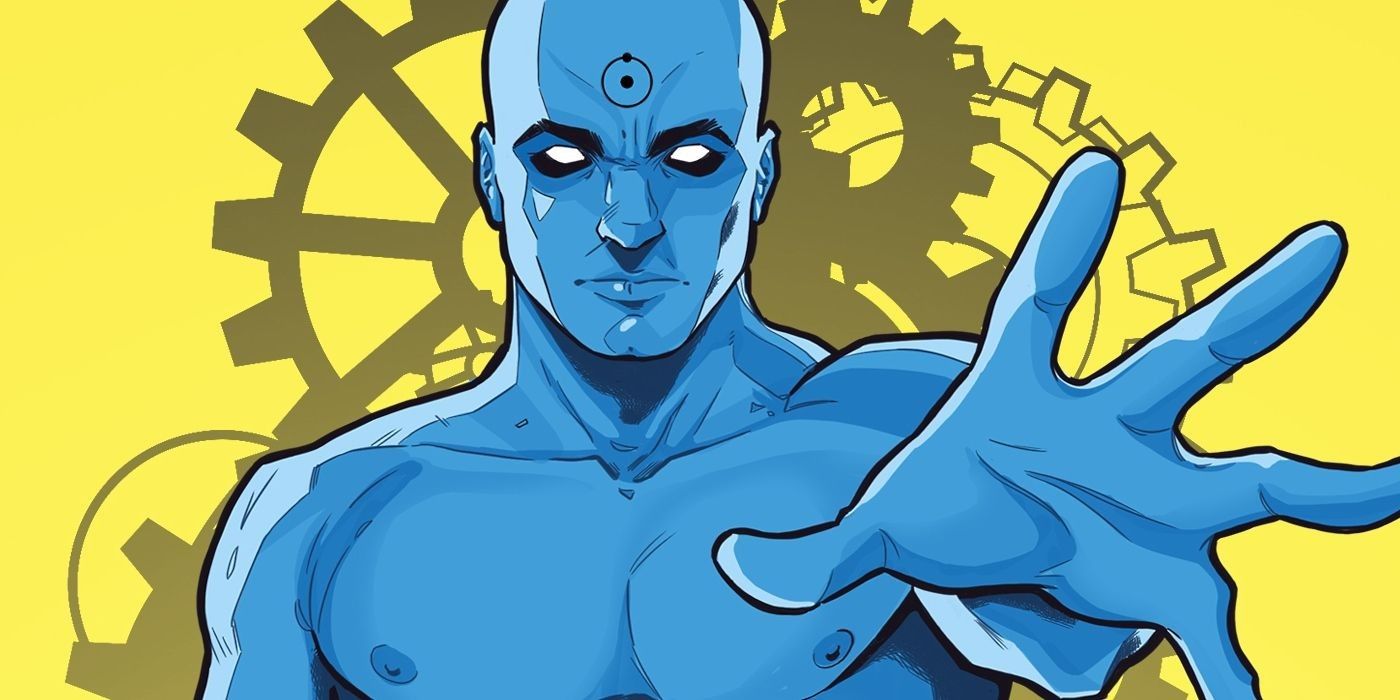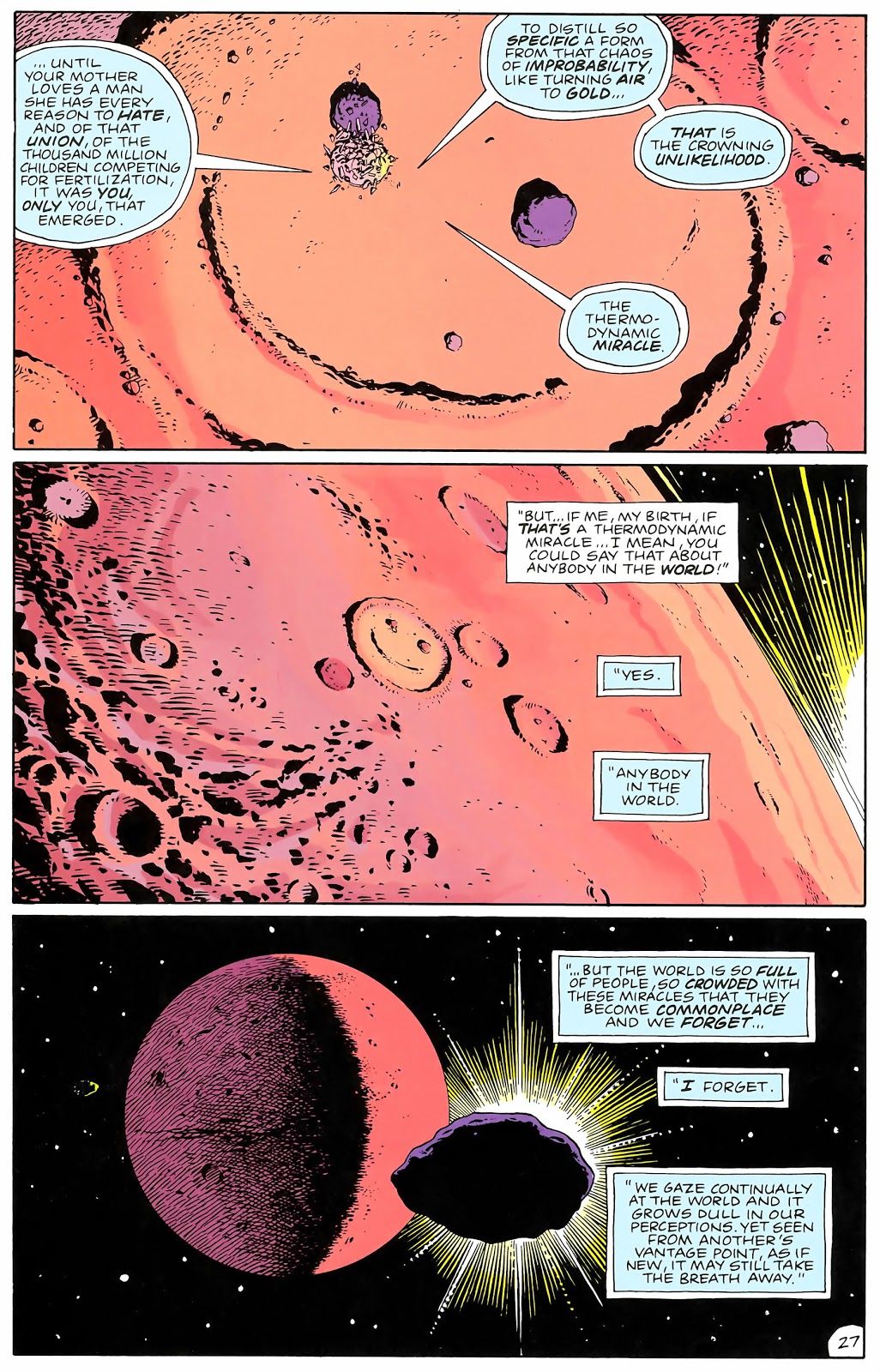Alan Moore's Watchmen, arguably one of the most important comic books of the century, is beloved by fans for its deep narrative, complex characterization and writing that elevate it far beyond the typical superhero comic book. The book even garnered the attention of non-comic book readers and became a pop cultural phenomenon that even inspired a feature film and TV series. The book isn't without flaws, but a much-maligned moment in a key scene on Mars surprisingly isn't one of them.
The moment centers around the characters of Silk Spectre and Doctor Manhattan. Spectre is actually the second of her name and a deconstruction of the superhero family; Sally Juspeczyk was a famous superhero in the 40s and 50s and her daughter Laurie only socializes with other superheroes as a result. For his part, Jon Osterman (who will later become Doctor Manhattan after a horrific scientific accident) is the only character in Watchmen with superhuman abilities. However, his astounding powers combined with his unique perception of time (as a non-linear function), has led him to disassociate with the world and humanity as a whole.
As tensions between the United States and the Soviet Union increase to the point where nuclear war between the two superpowers appears all but inevitable, Doctor Manhattan teleports Laurie to the surface of Mars to debate the future and possible extinction of the human race. Silk Spectre eventually succeeds in convincing Doctor Manhattan to return to Earth and aid the planet (a foregone conclusion; Jon saw the outcome of the conversation before it began). As Jon waxes poetic, comparing human lives to thermodynamic miracles, the panels give the reader a view of the Martian surface - and Doctor Manhattan and Silk Spectre appear to be standing within a crater in the shape of a massive smiley face.
This moment is unintentionally funny to many Watchmen readers, but the smiley face is actually a reference to a real-world phenomenon. There exists a geographic feature on Mars known as the "Happy Face Crater", discovered by the Viking Orbiter 1 in 1976. The smiley face is a recurring image in Watchmen, appearing on buttons, posters, etc, and famed Watchmen artist Dave Gibbons was astounded when he discovered the crater's existence. "I worried that if we put it in, people would never believe it." Evidently, Gibbons' fears were not misplaced.
Watchmen certainly has no shortage of unrealistic material. From the reality-warping Doctor Manhattan to Adrian Veidt's aka Ozymandias' ability to watch 100 television shows at once and comprehend them all, the story is very firmly rooted in traditional comic book-esque science fantasy. But in this rare instance, Watchmen's symbols were not an invention of the creative team but an actual scientific discovery on the surface of Mars.


